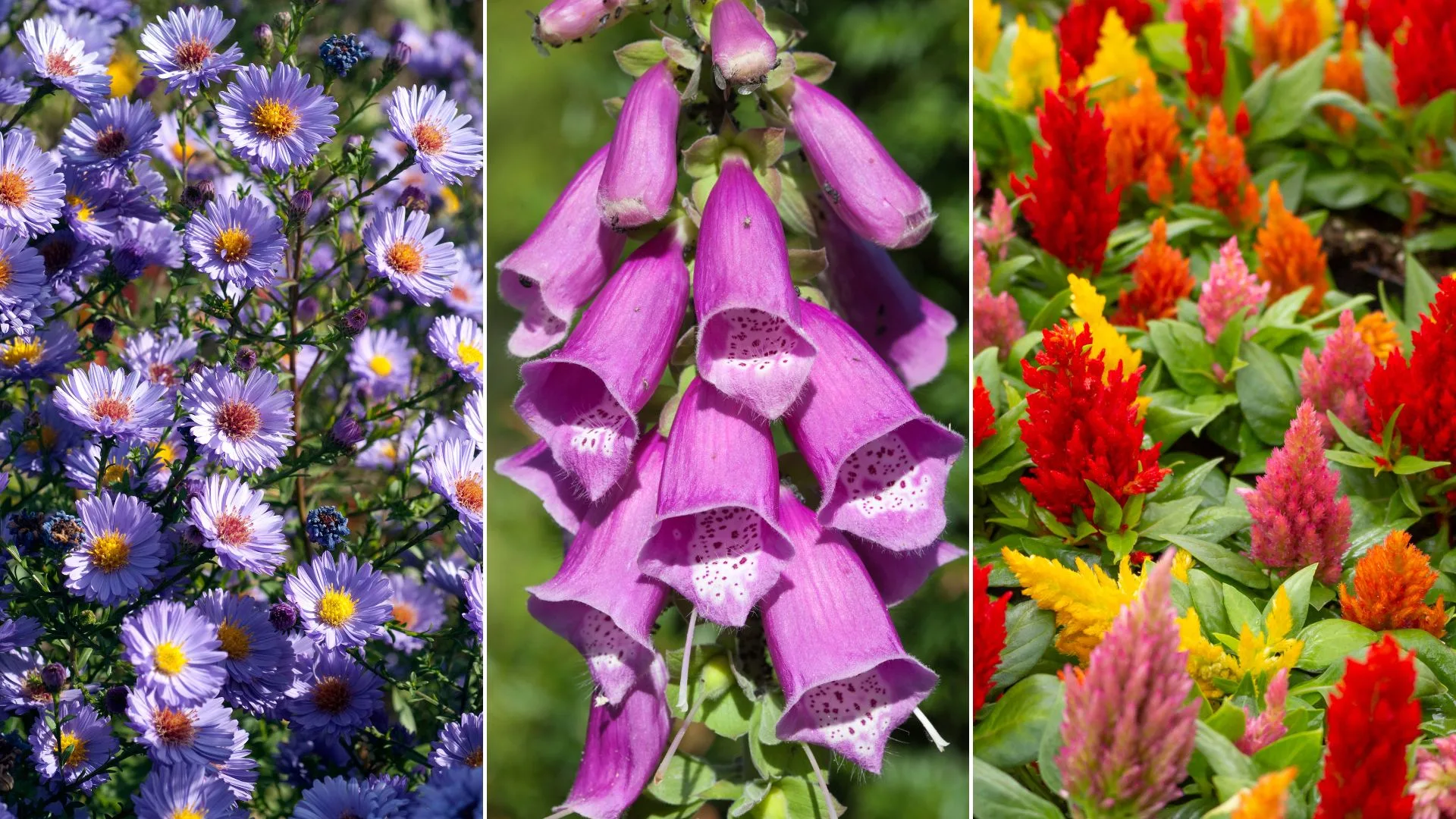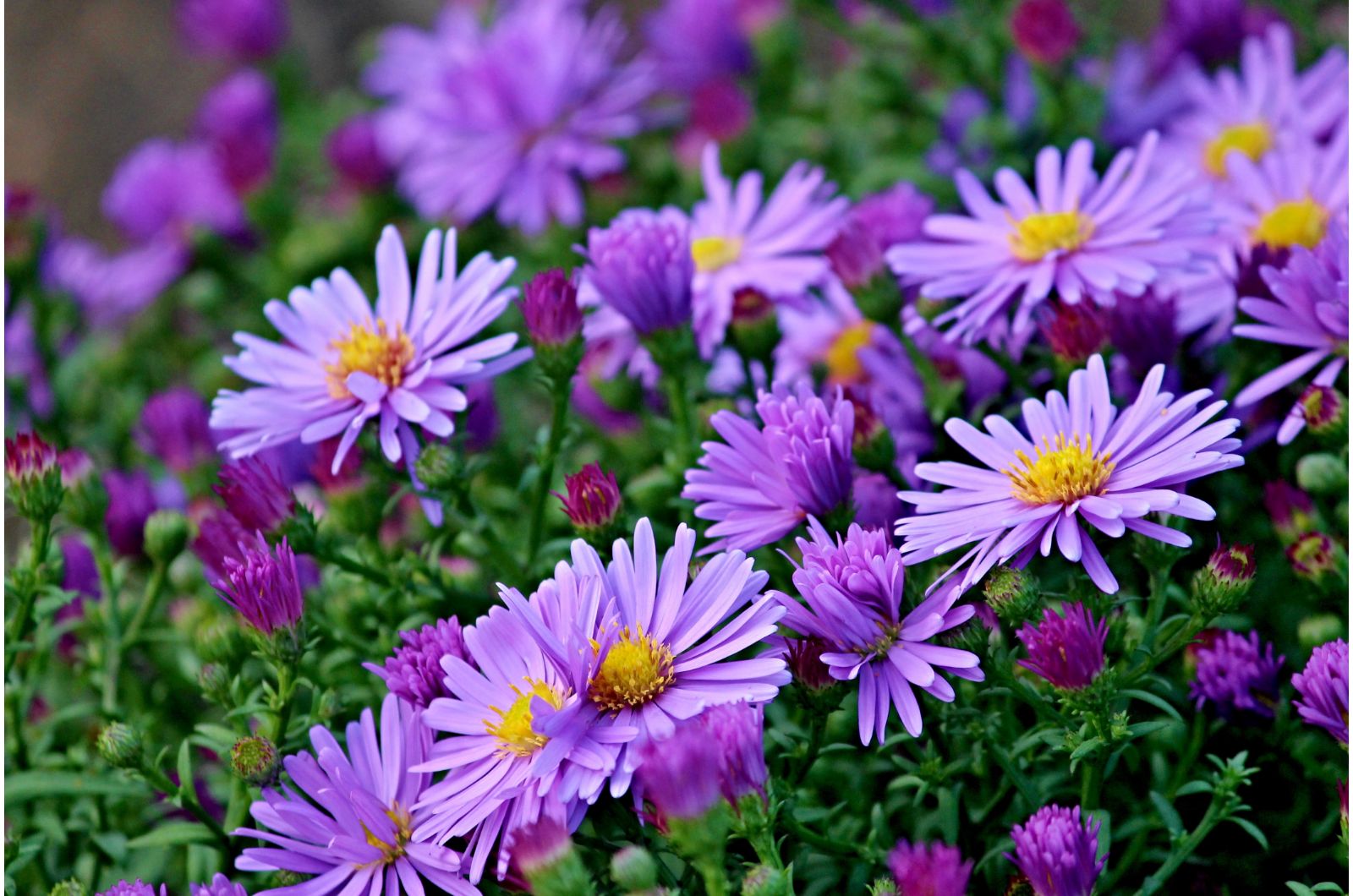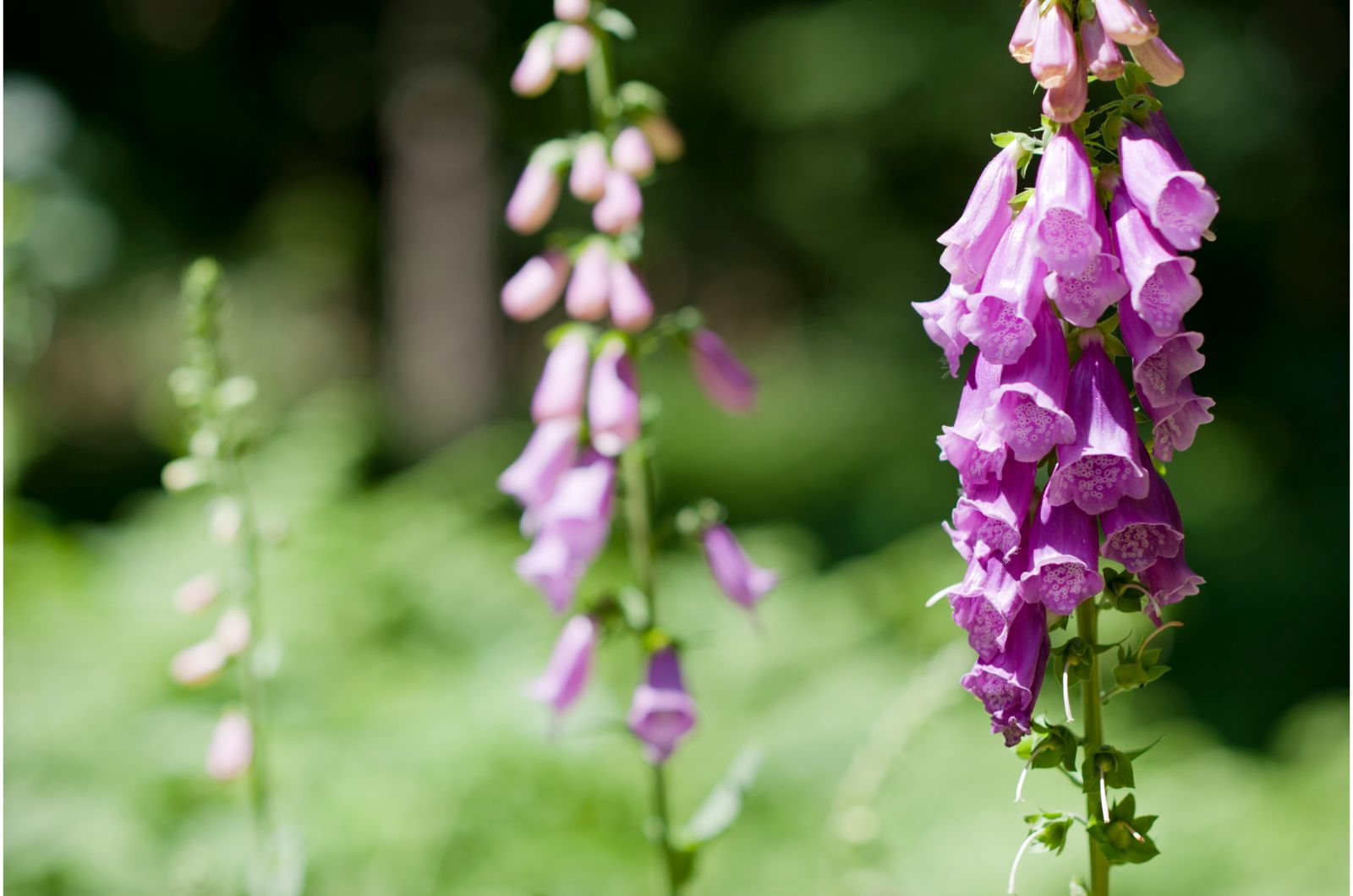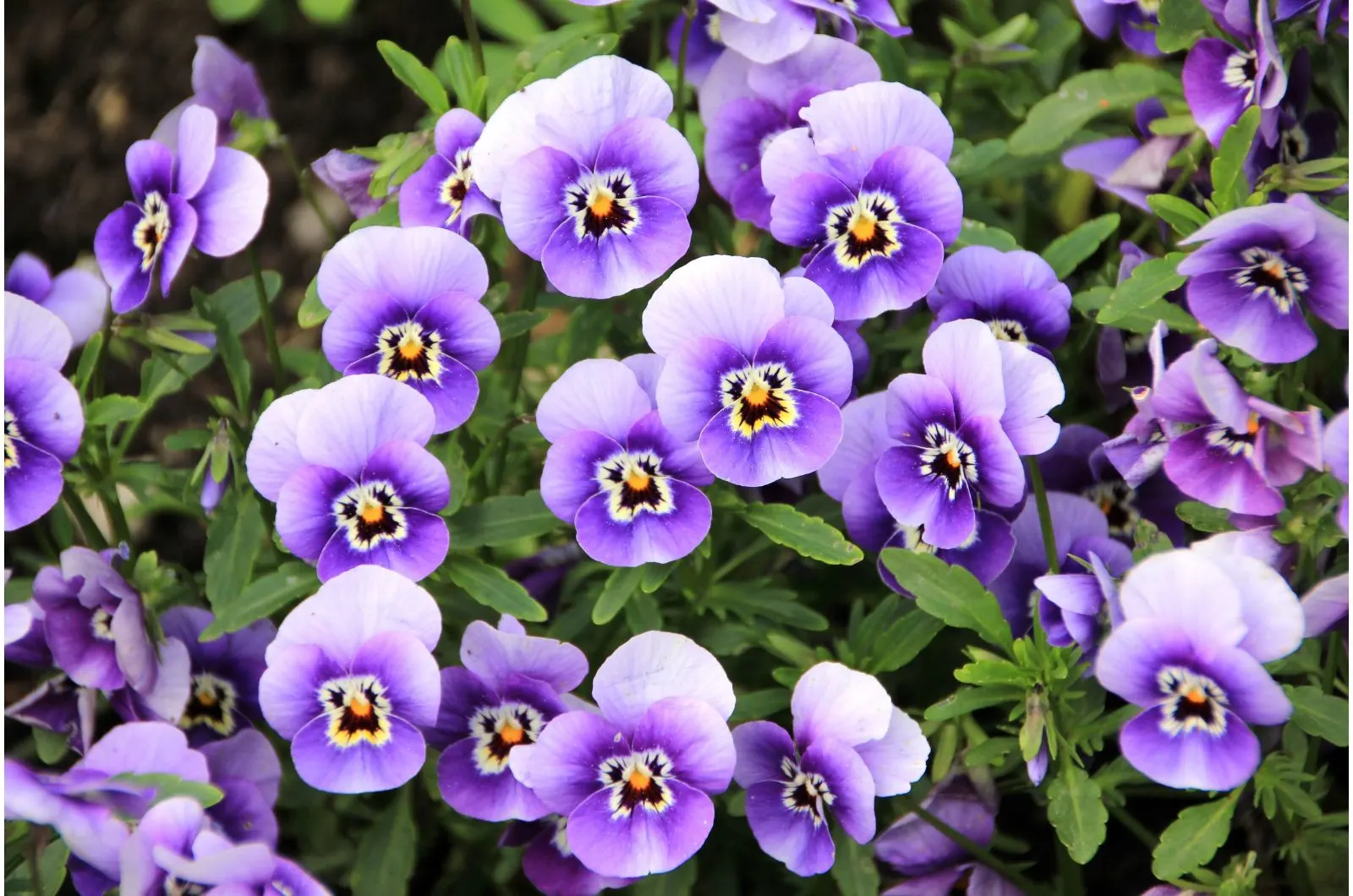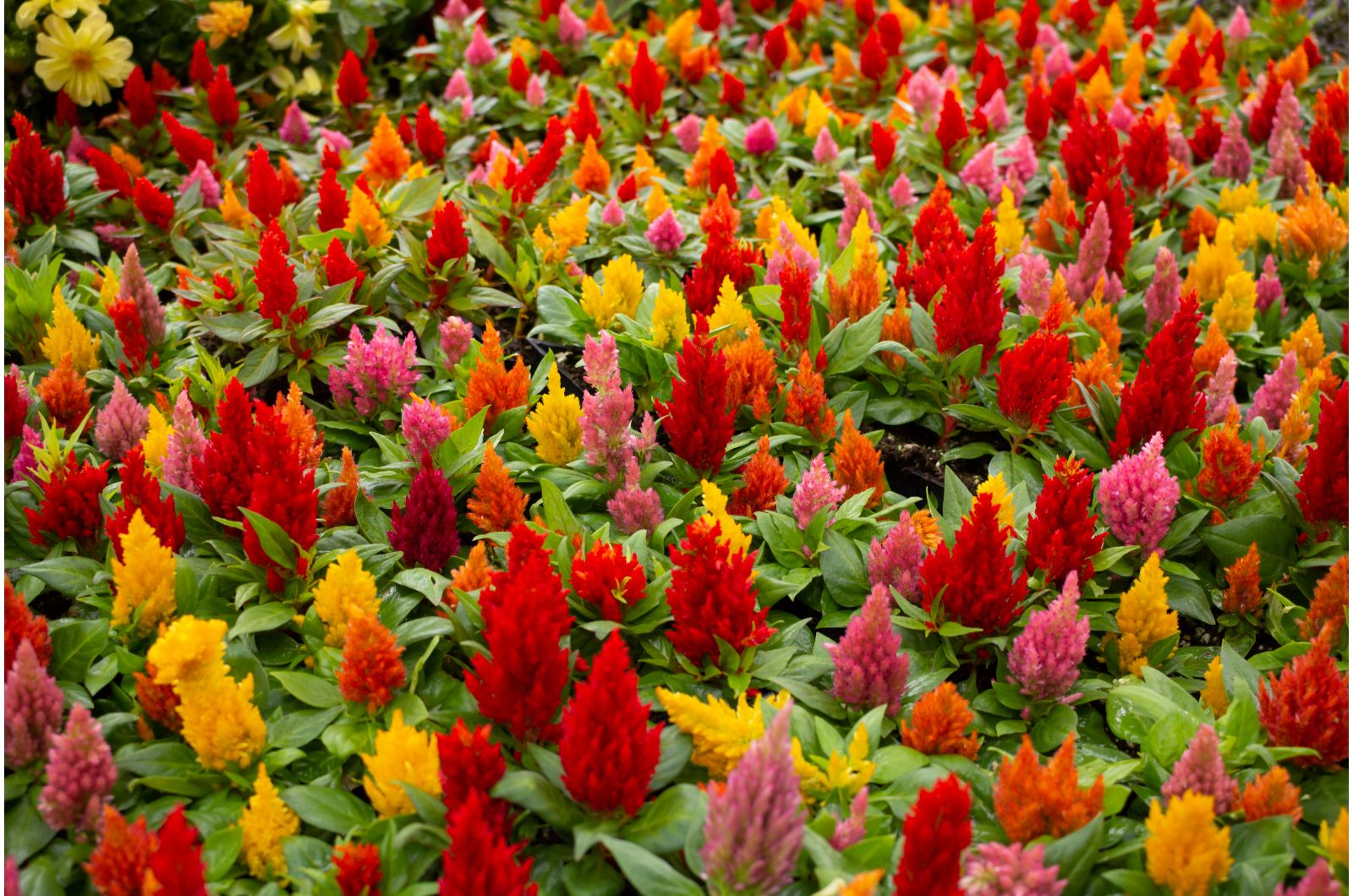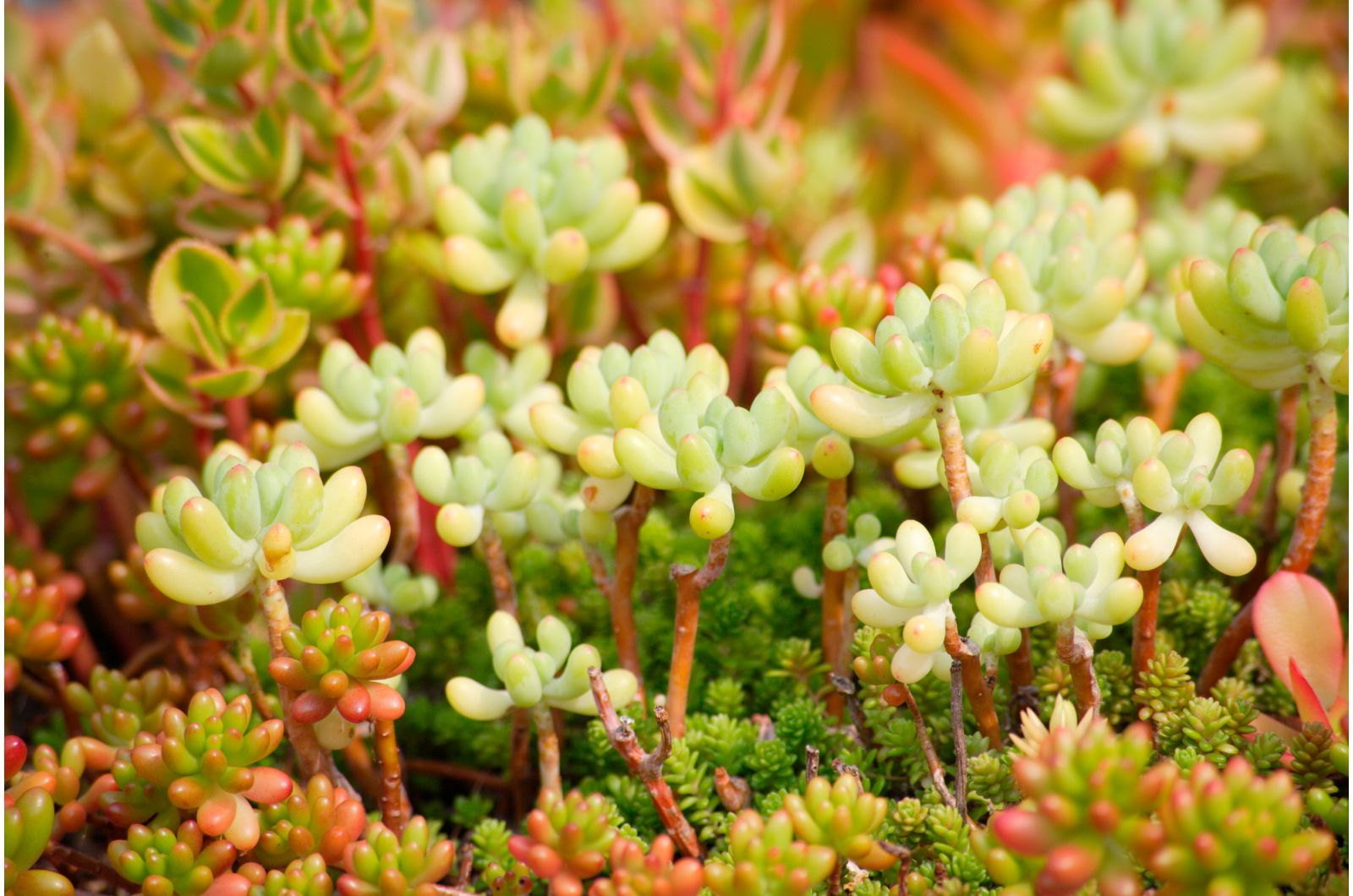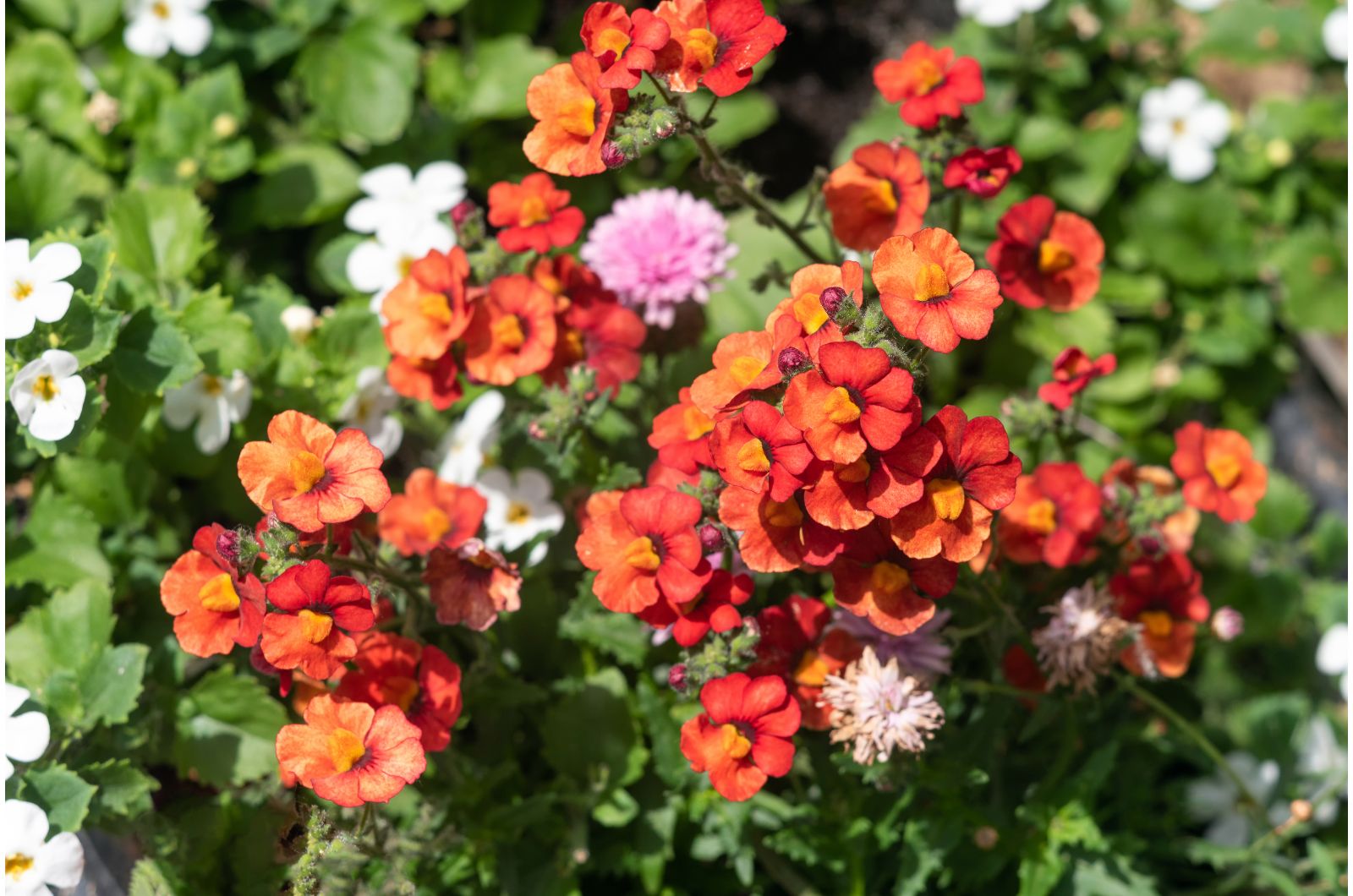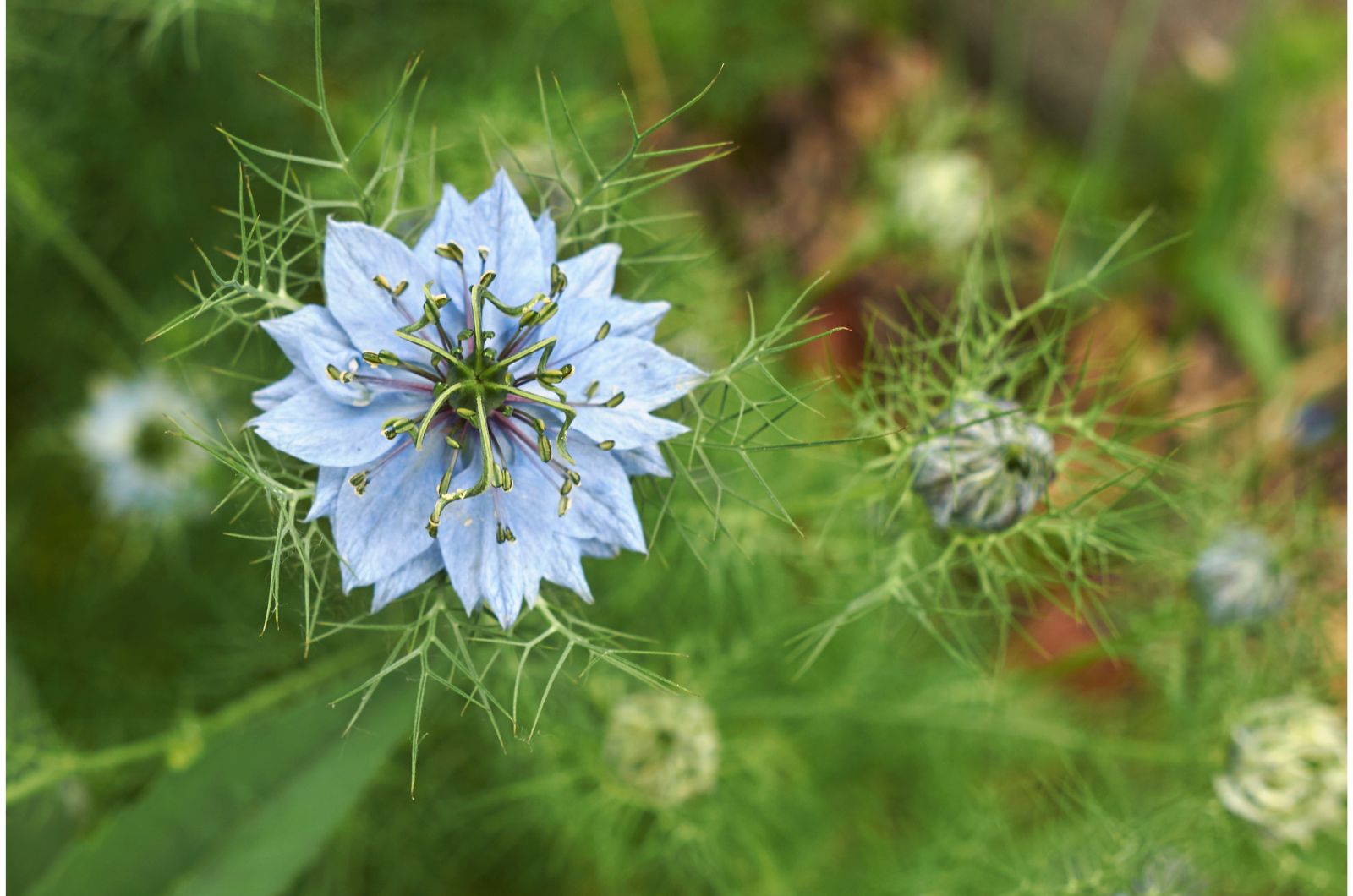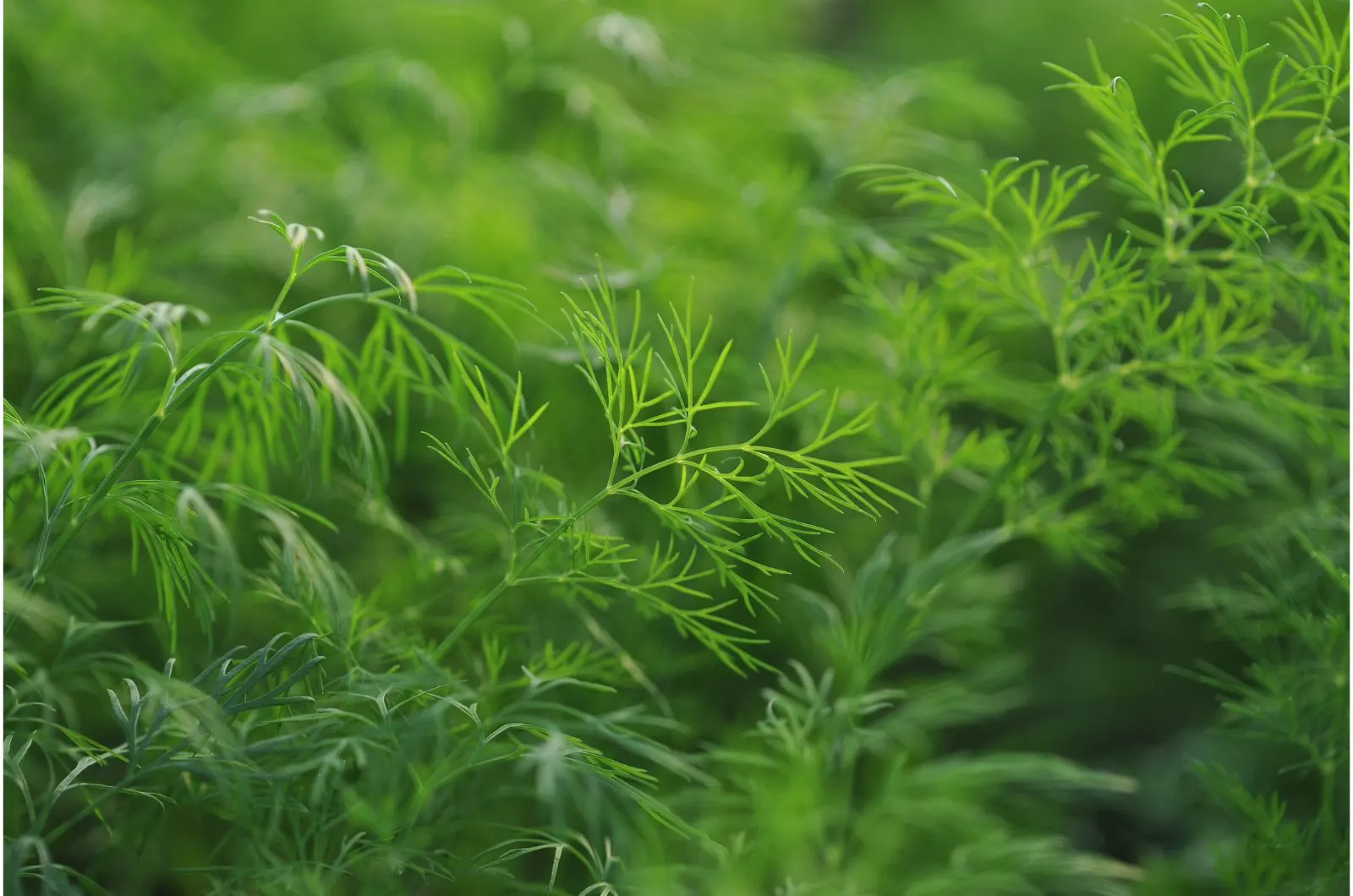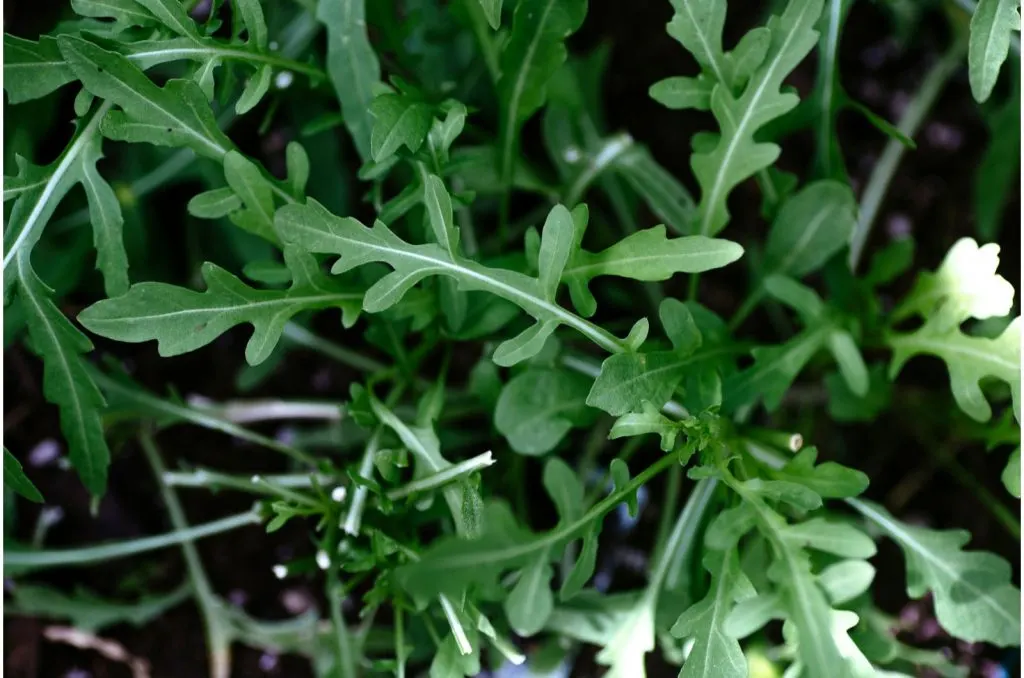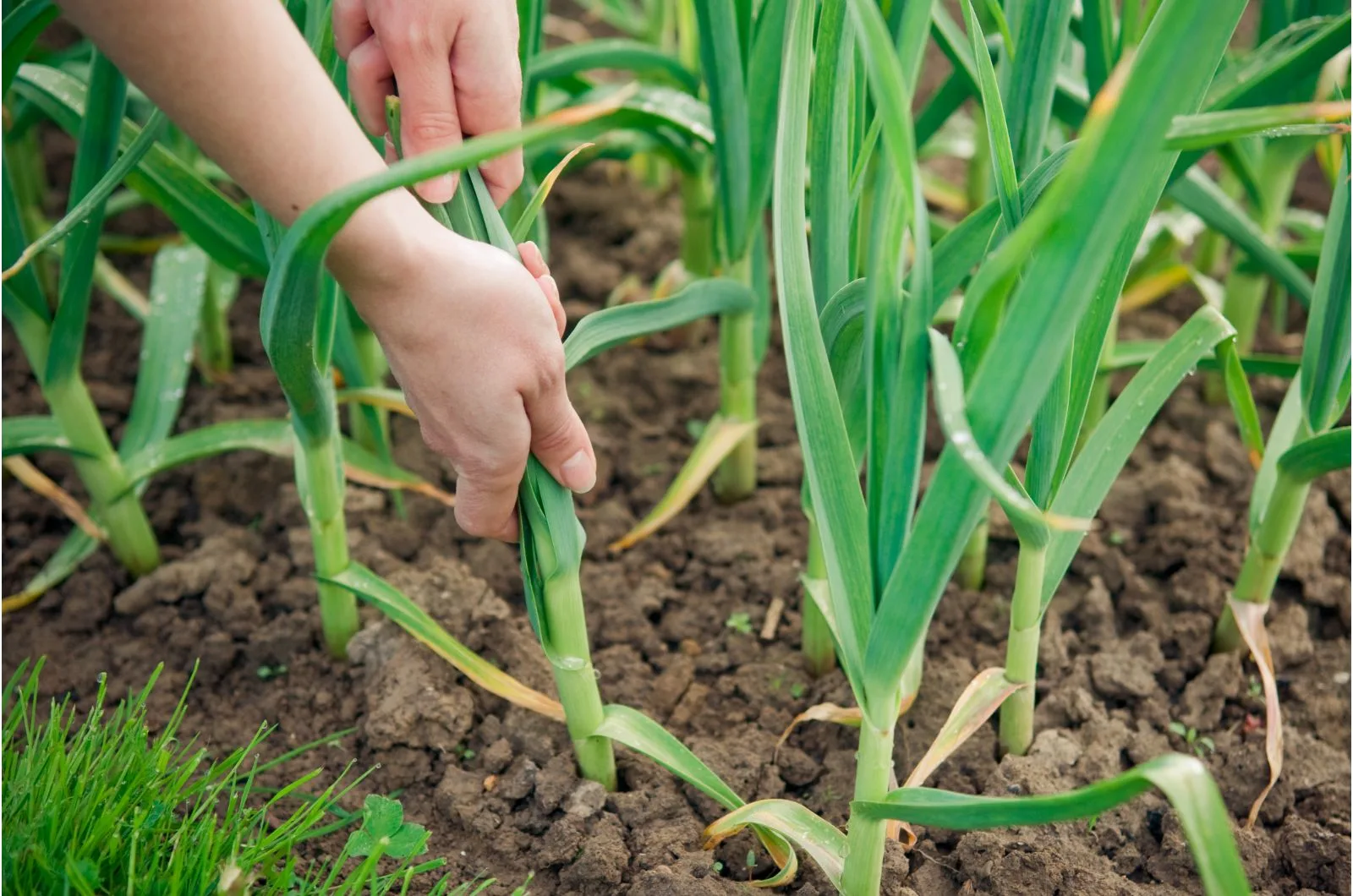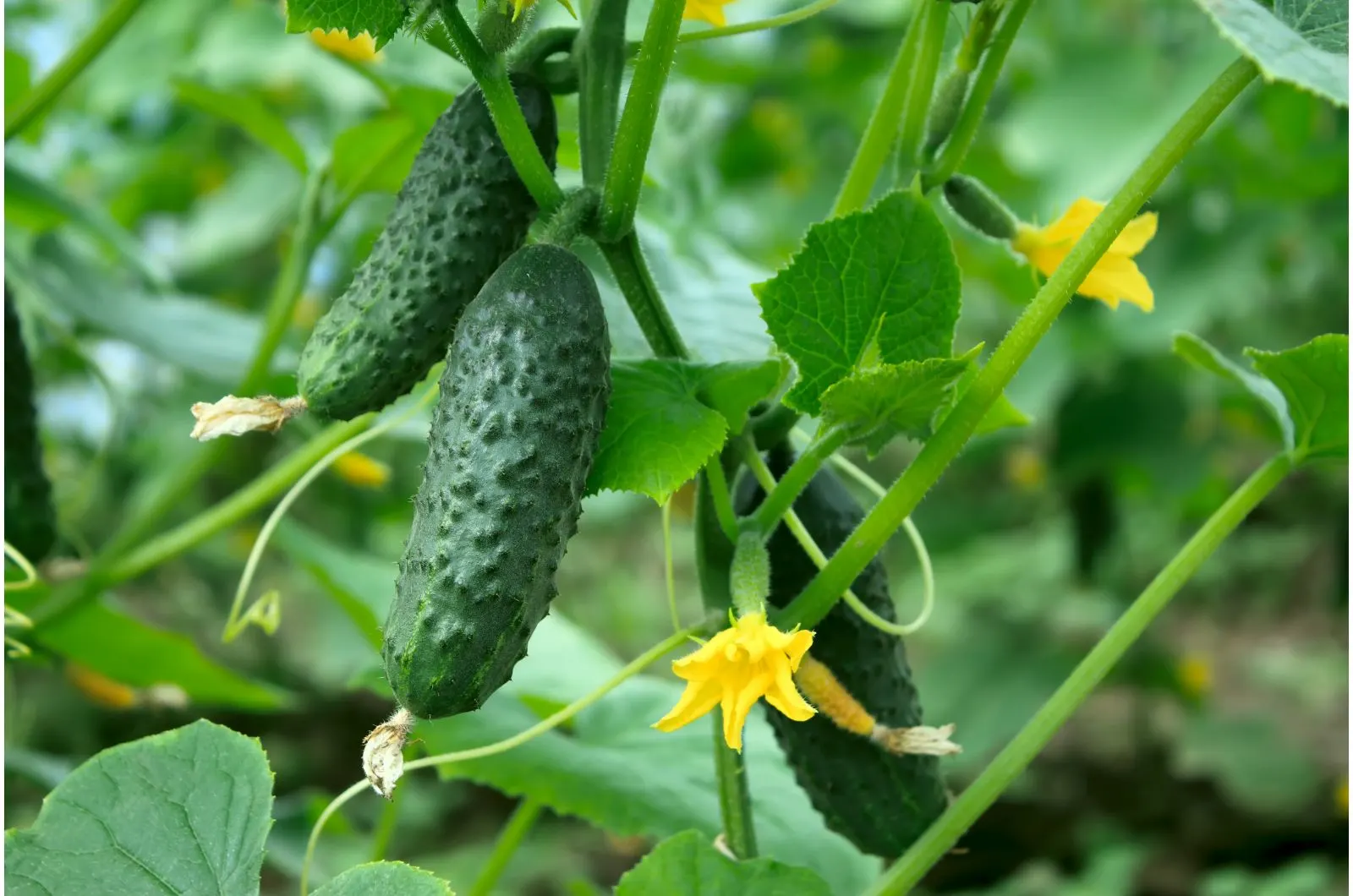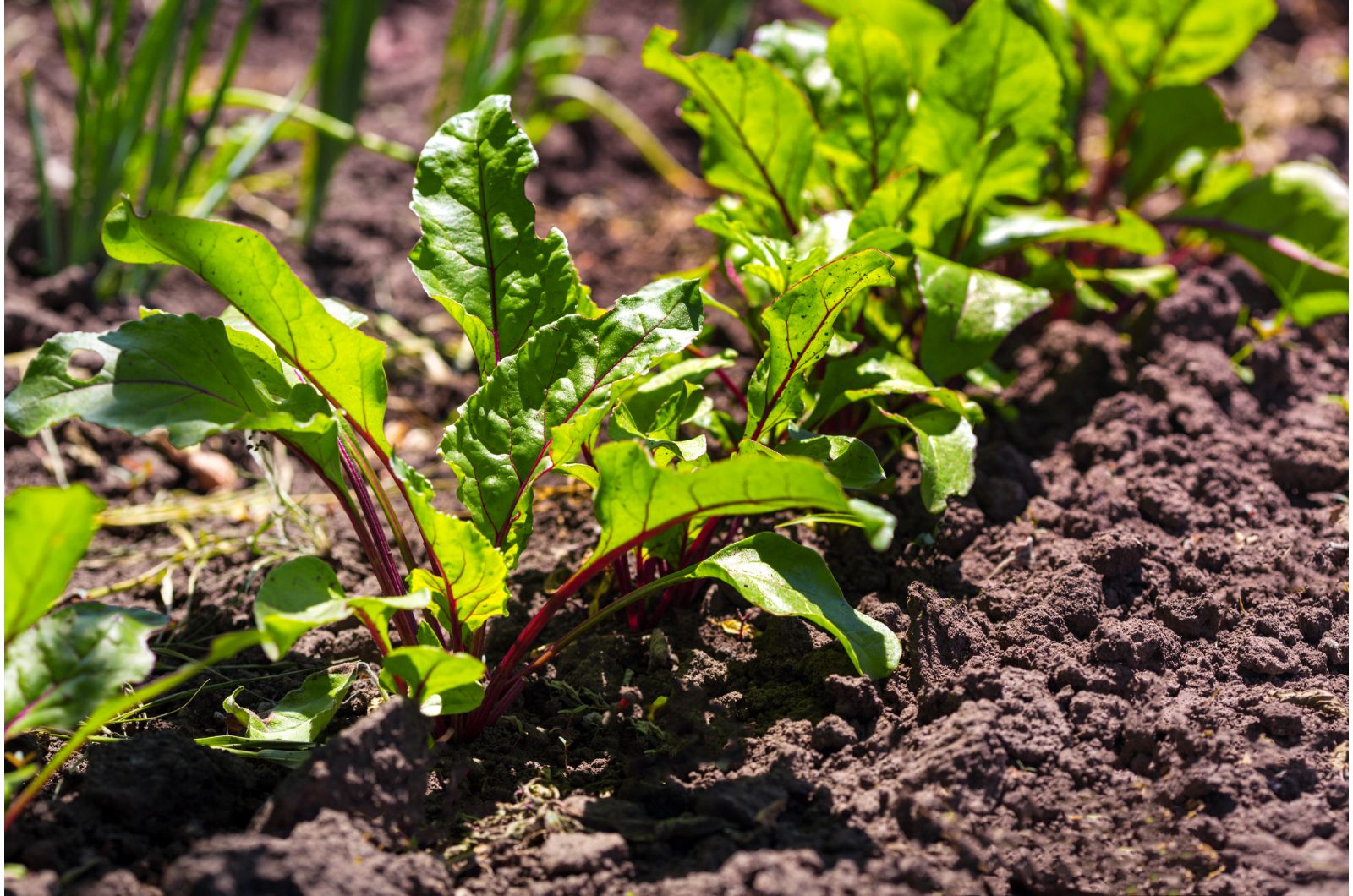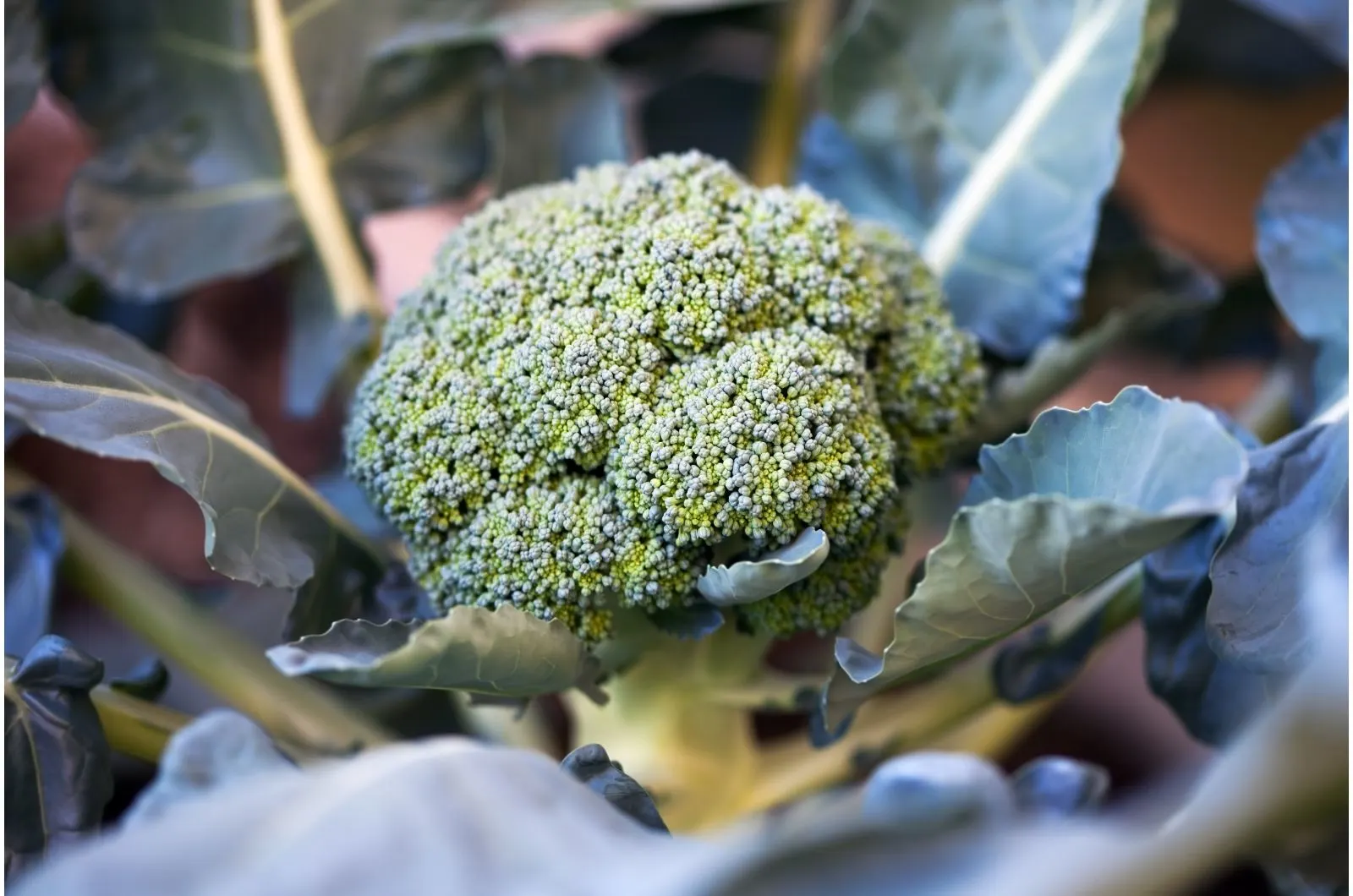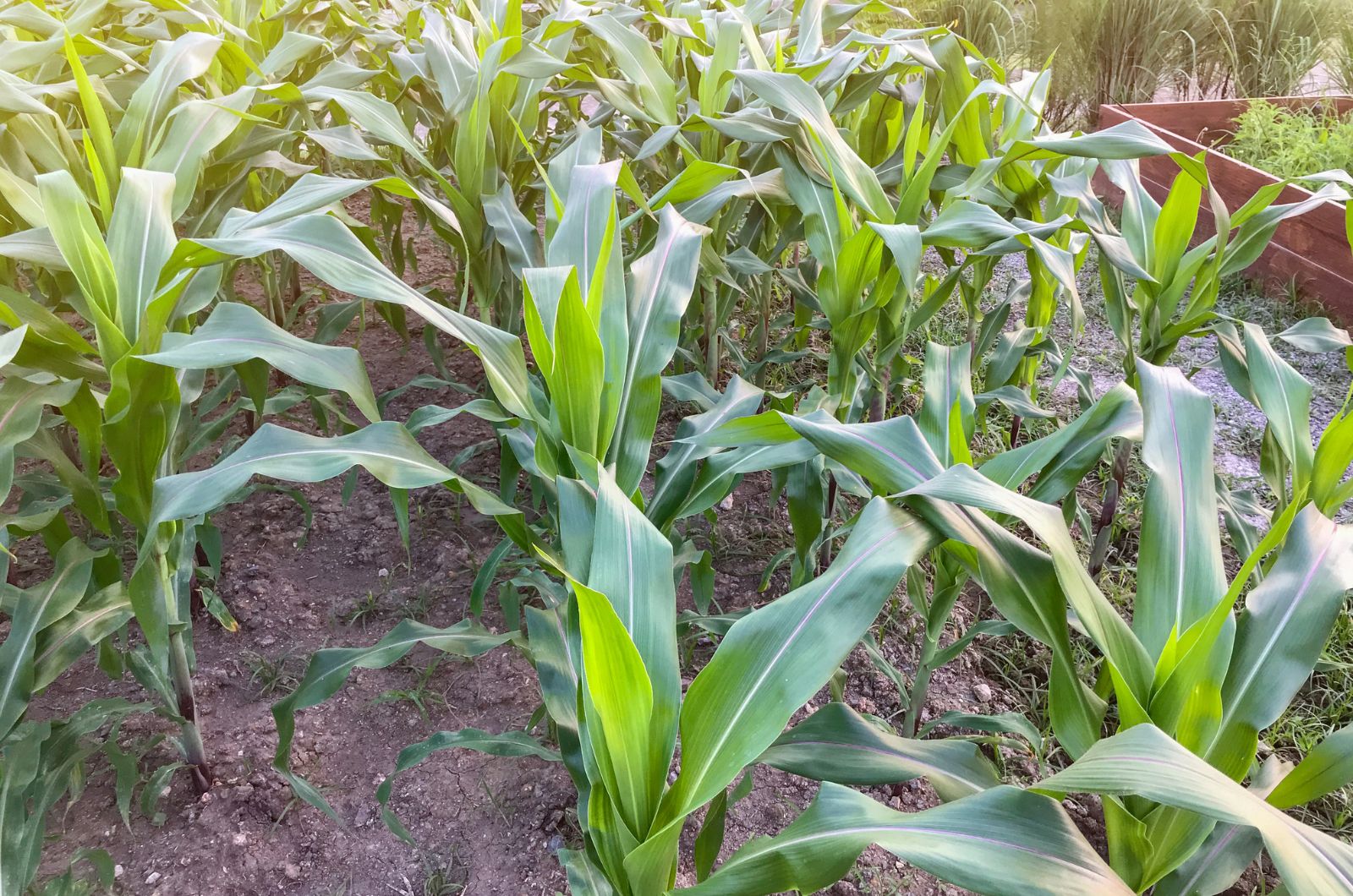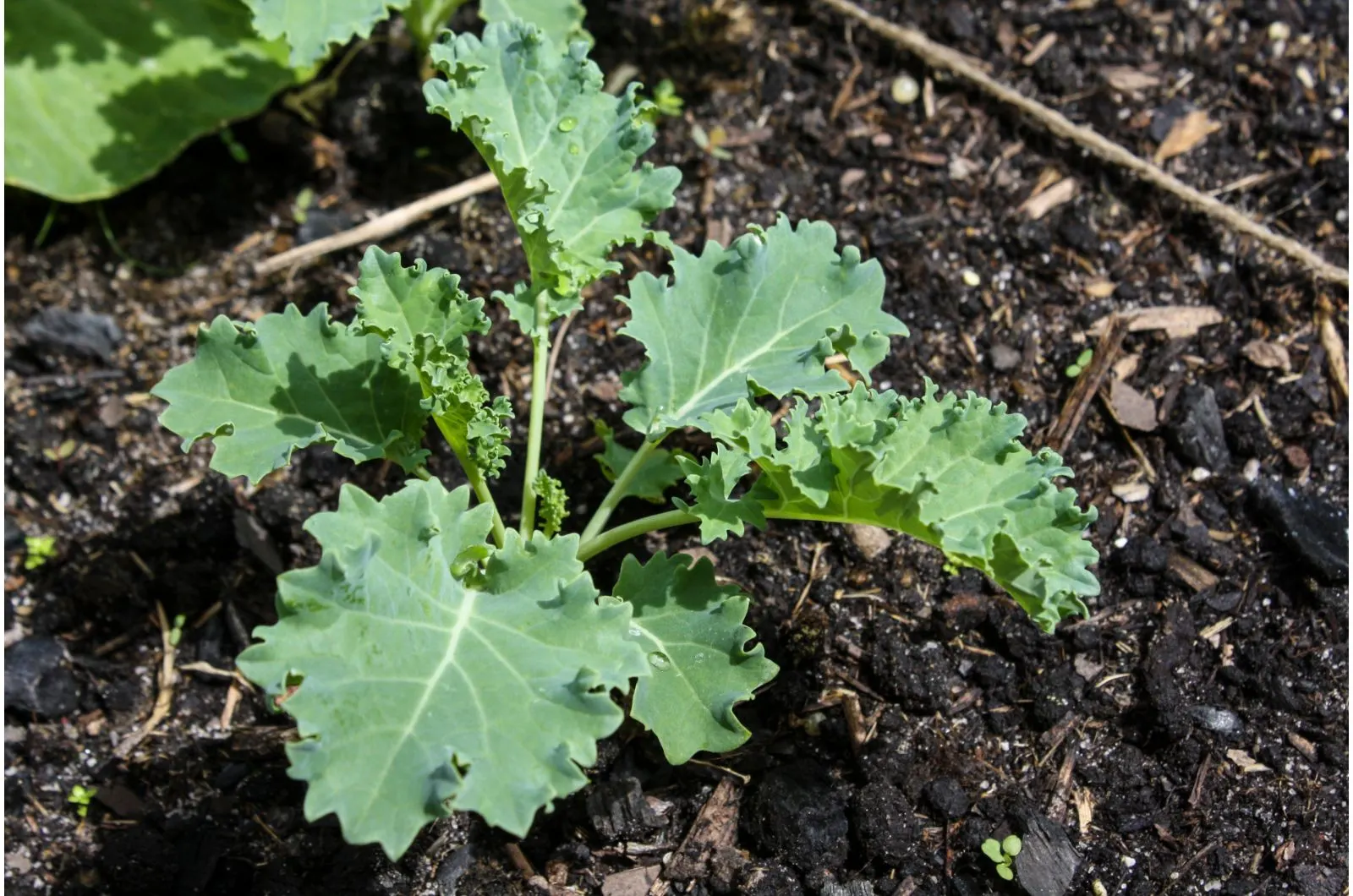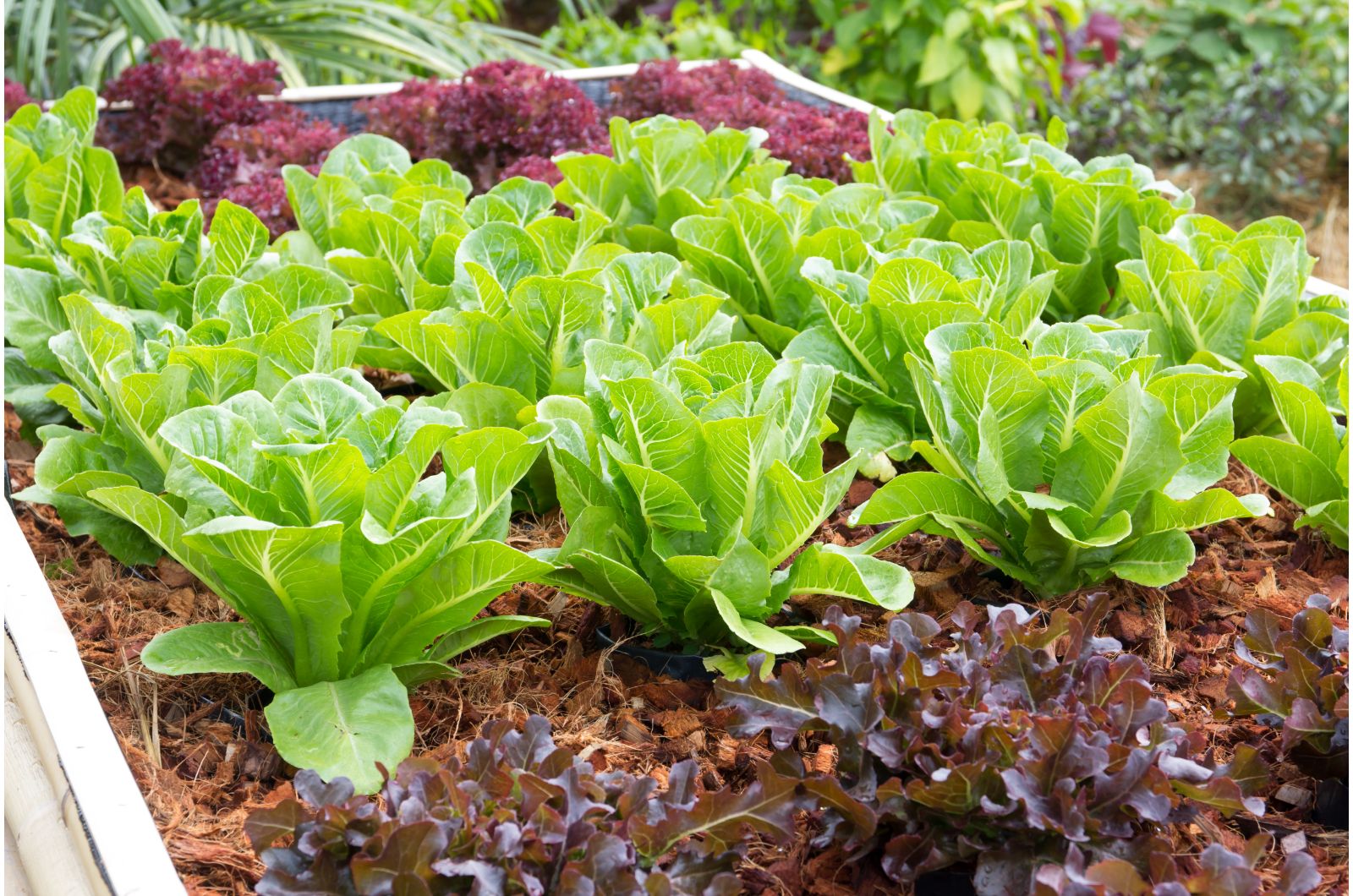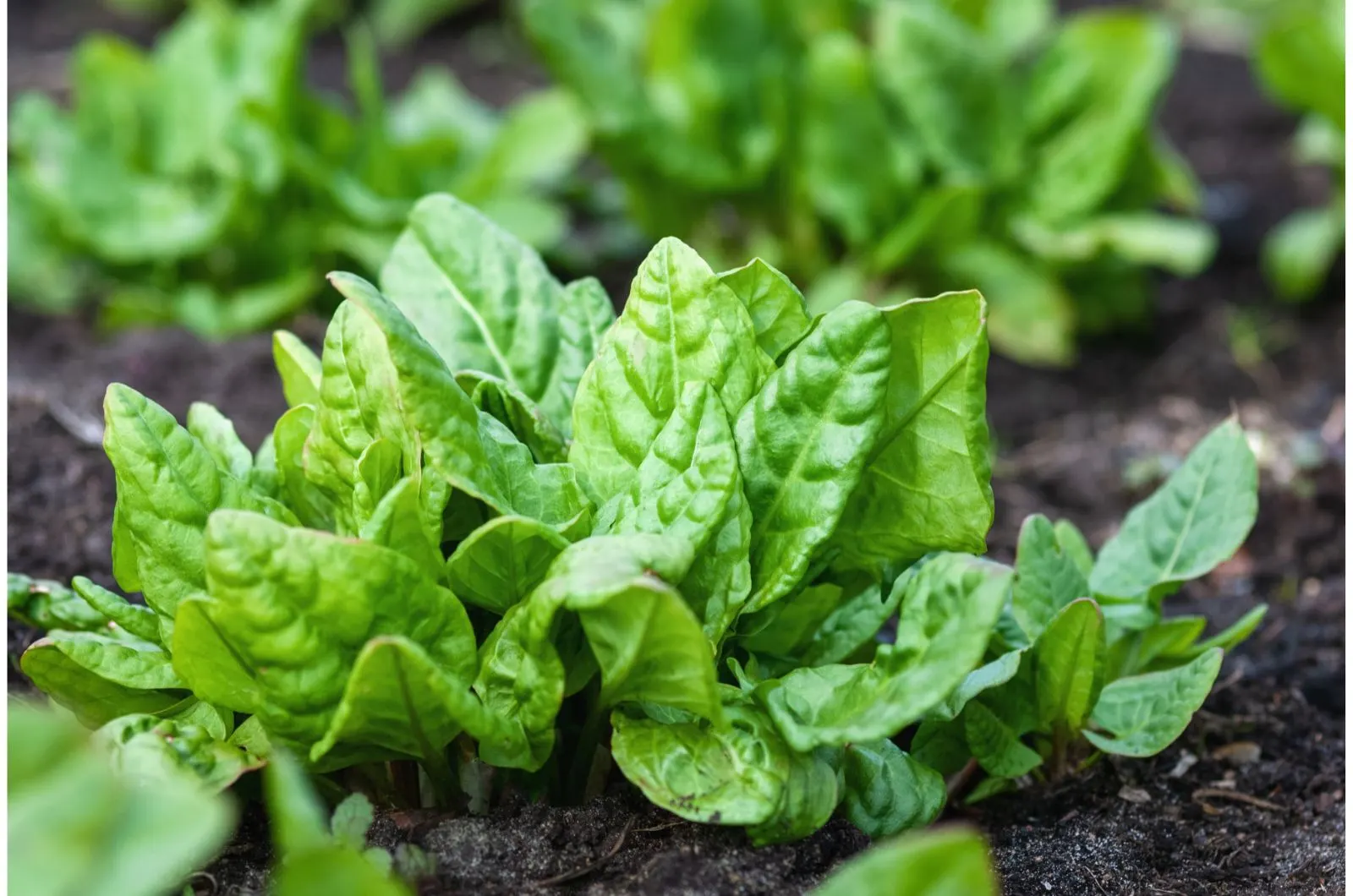Growers in warmer climates often find it challenging to choose perfect plants that will flourish in August until the end of the season.
This time of year is characterized by high temperatures so selecting plants that can withstand warmth is essential. Another factor to consider is the amount of light the plant needs and if a lot of full sun can damage it.
To help you with this task, I’ll show you the best plants and vegetables to plant in your garden in August.
Let’s get started!
1. Aster
This plant has two major benefits for August gardens. First, they’ll adorn your garden with their splendid daisy-like blossoms that come in various colors.
The second, and probably bigger benefit is that the flowers are rich in nectar and will attract many pollinators to your garden. If you want to start a butterfly garden, adding asters is a great way to go.
In August, many plants drop their petals and lose pollen, so adding plants with a longer blooming season is the best thing you can do.
2. Foxglove
Bell-shaped blooms with spectacular speckled patterns make foxglove one of the most frequently grown plants in US gardens.
Once August approaches, plant the seeds and they’ll have enough time to adapt before temperatures drop. As soon as spring arrives, you’ll notice your foxglove displaying new growth.
3. Pansies
Even more popular than foxglove are stunning pansies, which produce flowers with unusual markings and are perfect for those gardeners who want to add a touch of wildness to their outdoor space.
If you want to add these plants to your garden, August is the perfect time. The great thing about pansies is that they can withstand cooler temperatures way better than other common garden plants.
4. Celosia
Nothing adds a splash of color to gardens like celosia plants! These plants have it all; feathery plumes, captivating shapes, and vibrant hues.
If you were looking for a plant that won’t wilt when cool weather arrives, celosia is an excellent choice. Consider adding some celosia companions for an even better color display.
5. Stonecrop
Warm August temperatures won’t harm stonecrop plants and the same goes for cold winters. Pollinators adore this plant and it’s one of the best grass alternatives.
The only thing to pay attention to is selecting a stonecrop variety for your particular region. Check the temperature range it withstands to make sure it comes back in the spring.
6. Nemesia
Temperatures will drop in late August but nemesia plants won’t mind. You only need to select the variety that thrives in your area.
I recommend captivating Strawberry Ripple and Aromatica True Blue because of their adaptability and vibrant colors.
7. Nigella
If you’ve never heard of nigella, maybe Love-in-a-mist rings a bell. These plants are renowned for their spectacular indigo, maroon, and blue blossoms.
Many growers decide on planting nigella in spring, but from my experience, they perform better if planted in August.
8. Cilantro
When looking for cilantro, you may hear some use the name coriander in reference to this plant. The name coriander actually refers to the dry seeds, whereas cilantro is a name for the leafy parts above the soil line.
If you like the seeds or cilantro sprouts, stems, and leaves, plant it in August and have a true summer treat.
9. Dill
Dill is frequently used in the kitchen so adding it to your garden is an excellent idea. Nothing tastes better than freshly picked homegrown dill!
The fact is that this herb is grown throughout the summer in many regions but adding it again in August means a longer harvest.
10. Basil
This herb is a favorite of many chefs due to its extraordinary flavor. You can keep it both indoors and outdoors since it tolerates a wide range of temperatures.
If you live in the Southeast or Southwest, your basil will thrive in August outdoors.
Another benefit of this herb is that it will repel mosquitoes from your garden, which is a great thing during the summer months.
11. Carrots
Carrots make an indispensable addition to soups, stews, or cakes. Planting carrots in August will ensure a bountiful fall harvest.
Don’t rush with harvesting because slightly cooler soil temperatures enhance the carrots’ taste and make them even sweeter.
12. Arugula
Arugula isn’t commonly used in the kitchen but if you like to add a peppery flavor to your dishes, this plant will do an excellent job.
It thrives in the late summer months and best of all, its attractive foliage adds a special touch of beauty to veggie gardens.
13. Garlic
Growers frequently plant garlic based on the climate of their region. However, garlic thrives in most US regions if planted in August.
Your last season harvest will end and you’ll have another set of delicious garlic crops to harvest again.
Planting in late August will ensure an endless supply of garlic! The flavor of homegrown garlic is incomparable!
14. Cucumbers
These veggies have a low tolerance to cool temperatures so waiting until the soil is warm is key to a healthy and thriving cucumber garden!
This is why planting cukes in August works best. The soil is warm enough and these fast-growing veggies will be ready for harvest in no time!
15. Beets
This is another vegetable with a fast growth rate so you don’t need to wait the entire summer for harvest.
Beets are classified as root vegetables and growers love them because of their ability to adapt to various conditions and temperatures.
16. Broccoli
If planted in spring or early summer, broccoli will mature until August, which means you can plant the second round.
The essential thing about this vegetable is to harvest it before their heads open; remember they’re inedible.
17. Corn
Even though corn is easy to maintain, many growers avoid it because it takes a lot of time for them to generate fruit.
If you live in regions with longer summers, you can plant your corn in August and enjoy the harvest in late September!
18. Kale
Fast-growing and delicious kale is a common choice of many gardeners. It’s also a super-easy plant to maintain, making it perfect for beginner growers.
Planting your kale in August will ensure a bountiful harvest at the end of the summer and if you’re lucky enough, it will regrow in the following season.
19. Lettuce
The only issue with this tasty leafy green is its susceptibility to bolting due to warm temperatures. One of the best ways to prevent your lettuce from bolting is to plant it at the right time of the year.
Even though it’s mostly planted in the spring, you can get a thriving plant if you plant it in August. The soil will cool down before the first sprouts appear.
20. Spinach
Spinach makes an excellent addition to smoothies due to its high nutritional value. You can harvest fresh, homegrown spinach until fall.
It shows high resistance to cool temperatures and doesn’t need much to thrive. If you can’t use all your spinach, consider freezing it. Using proper freezing techniques will allow you to enjoy tasty spinach all winter long!
Happy growing!

